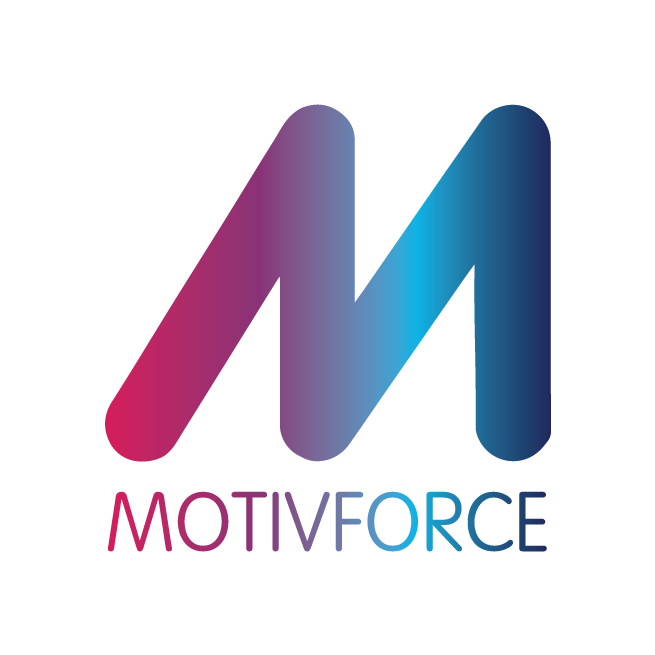Does your B2B Loyalty program need hacking?
Loyalty hacking
By Ko de Ruyter and Debbie Keeling
How do we attract members to our loyalty program without having to invest hugely?
How do we boost the business from acquired members that justifies the generous spend on those mid-tier members in our program?
These are questions that keep C-suite executives awake at night.
At Motivforce R&D we are introducing a new approach that we call loyalty hacking. What’s with the hacking you may ask? Well, hackers are not interested in protocols and prescribed processes. Hackers are focused on what needs to get done instead of how it should be done.
Our approach to fine-tuning loyalty and incentive programs to yield maximal ROI is all about that. It is based on the popular notion of ‘growth hacking’. The term, which was introduced by Dropbox marketer Sean Ellis, means an ultimate focus on scrutinizing all activities based on their impact on scalable growth.
A prerequisite for successfully hacking the loyalty of your customers is to have an excellent loyalty program in place. No brainer? Maybe. But like Dropbox, the next step is to identify those program elements, big and small (such as, rewards, spiffs, education, leaderboards, etc.) and nudge members to engage with the program in a multitude of ways to become program advocates. Seen that before too, we hear you think. But,
Are the people who run your program constant learners?
Is everything they do aimed at moving the program needle?
Are they not afraid to try out fresh and radical ideas?
If the answer is no, consider introducing a loyalty hacking approach to your program. Loyalty hacking is all about constant and scalable experimentation.
At Motivforce R&D we offer a suite of research-based services to clients by which we continually explore, change and evaluate changes made to every aspect of your program. We run iterative, small scale experiments that make clear what works and what doesn’t. You implement the changes and our research will tell you if they need to be changed. For instance, by testing 5 different ways of wording a members’ call to action, by identifying 500 mid-tier program members that have a high likelihood of moving up the loyalty ladder, by testing 5 sets of badges for a program leaderboard. Straightforward challenges that require the seamless effort of visionaries, designers, and researchers.
With next-day delivery of results and clear-cut actionable advice. Treat your program like a start-up, enjoy the refreshed feel of an agile way of doing business.
Don’t fill in a contact form,
Don’t draft a contract,
Don’t organize 5 meetings, just contact us.
Start to think like a loyalty hacker!











Uncover insights from Motivforce's latest research on channel partner loyalty programs. Learn strategies to navigate mixed feelings, foster genuine gratitude, and boost overall program ROI.